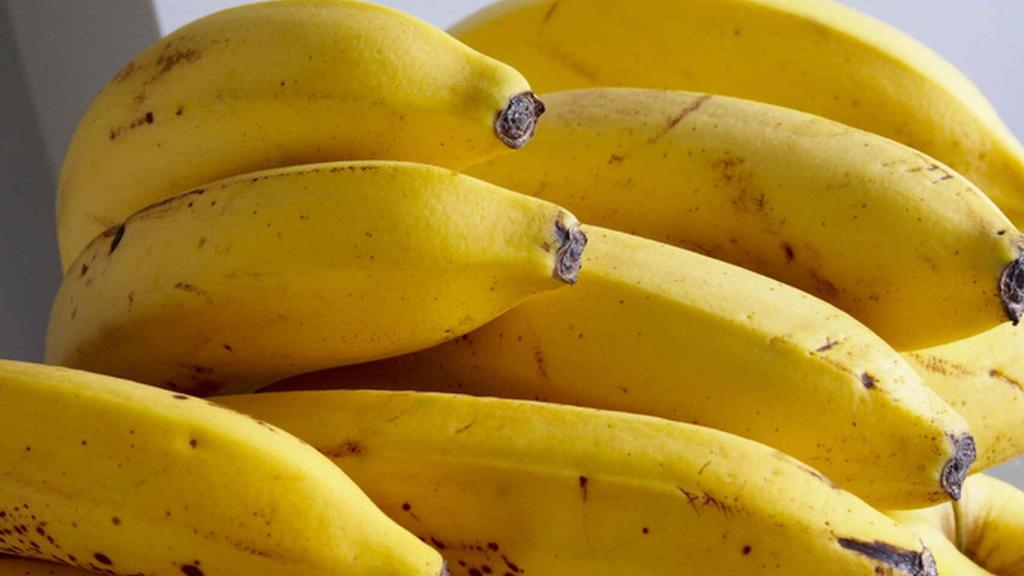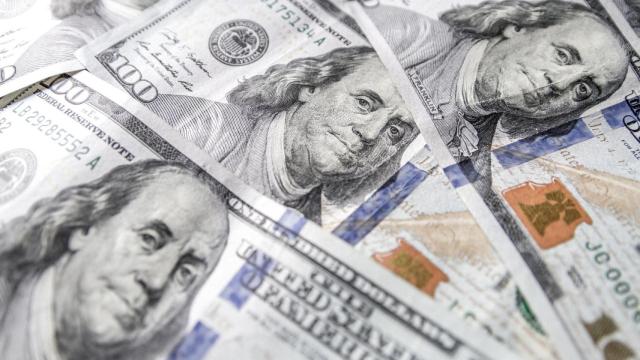
The food that has more than twice the amount of potassium than the banana and we are consuming less of in the United States each time
Bananas are not the only ones that help us take the recommended amount of potassium and there are foods that provide more of the mineral
Leer en español: El alimento que tiene más del doble de potasio que el plátano y cada vez tomamos menos en Estados Unidos
Through repetition, we have assumed that certain foods are the undisputed champions of certain nutrients. In United States, it is common to hear that oranges are the best source of vitamin C, milk the cornerstone of calcium, or meat the protagonist of proteins.
However, many of these nutritional myths lose strength when we look at real data. One of the most surprising examples is potassium: although the banana has been crowned for decades as its main source, pistachios have more to say about it, surpassing it widely in this key aspect for our health.
The role of potassium in our health
Potassium is an essential electrolyte for the functioning of the human body, as it helps regulate heartbeats, facilitates muscle contraction, and balances water levels in cells and blood. In the United States, where hypertension affects nearly 116 million adults, adequate potassium intake is crucial, as this mineral helps counteract the effects of sodium and, therefore, reduce blood pressure.
According to the American Heart Association, a diet rich in potassium can reduce the risk of cardiovascular diseases. This is particularly relevant in a country where these diseases are the leading cause of death.
Pistachios vs. bananas: the potassium showdown
Traditionally, the banana has become the star food for those seeking potassium, especially among athletes. It is common to see tennis players and runners eating a banana to recover during competitions. However, it's time to rethink this habit.
While a 100-gram serving of banana contains approximately 358 milligrams of potassium, the same amount of pistachios offers more than double: 811 milligrams, according to data from the United States Department of Agriculture (USDA).
In addition, pistachios are not only a rich source of potassium, but also of healthy fats, antioxidants, and fiber, making them a powerful ally for cardiovascular and digestive health.
Consumption of pistachios in the United States
Although pistachios are native to Western Asia, their production in the United States has grown exponentially in recent decades. California is the leading producing state, generating around 98% of the national production and establishing itself as one of the largest global exporters. Despite their abundance, pistachio consumption in the United States remains lower than that of other nuts such as almonds or walnuts. According to the American Nut Council, the average annual consumption of pistachios is approximately 1 pound (450 grams) per person.
Nutritional value of pistachios
The nutritional profile of pistachios makes them a superfood. For every 100 grams, pistachios provide:
-
Calories: 611
-
Proteins: 17.6 g
-
Total fats: 51.6 g (6.8 g saturated, 31.4 g monounsaturated, 6.1 g polyunsaturated)
-
Fiber: 6.5 g
-
Potassium: 811 mg
-
Calcium: 180 mg
-
Iron: 7.2 mg
-
Magnesium: 122 mg
-
Phosphorus: 390 mg
-
Vitamins: 25 mcg of vitamin A, 5.2 mg of vitamin E, and 58 mcg of folates.
Daily intake recommendations
According to the Dietary Guidelines for Americans, adults need between 2,600 and 3,400 milligrams of potassium per day, depending on sex and age. With a 40-gram daily portion of pistachios (easy to incorporate as a snack!), you get approximately 324 milligrams of potassium, covering over 10% of the recommended intake.
How to include more pistachios in your diet
-
As a snack: Bring them to work or include them in your children's school lunch.
-
In savory recipes: Add them to salads, pasta dishes, or as a topping for soups.
-
In sweet recipes: Use them as a base for desserts like ice cream, pies, or energy bars.
Pistachios, a sustainability ally
Another reason to opt for pistachios is their sustainability. Compared to other nuts, they require less water for cultivation, making them a more environmentally friendly option, especially at a time when California faces recurrent droughts.
References
Pistachios are not only a nutrient-packed superfood but also a delicious and versatile option for any diet. It's time to give pistachios the place they deserve on American households' tables!
*This article has been automatically translated using artificial intelligence



